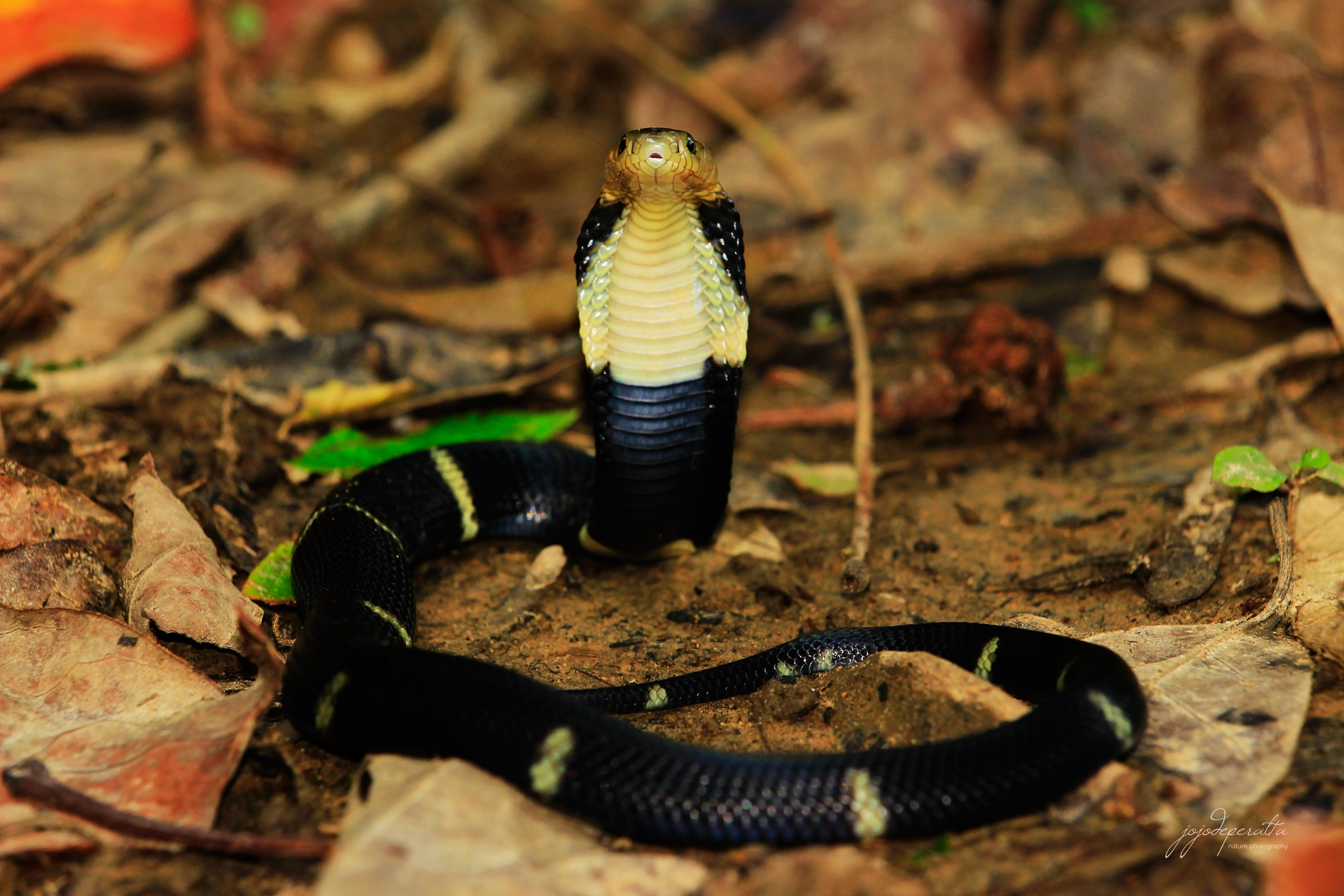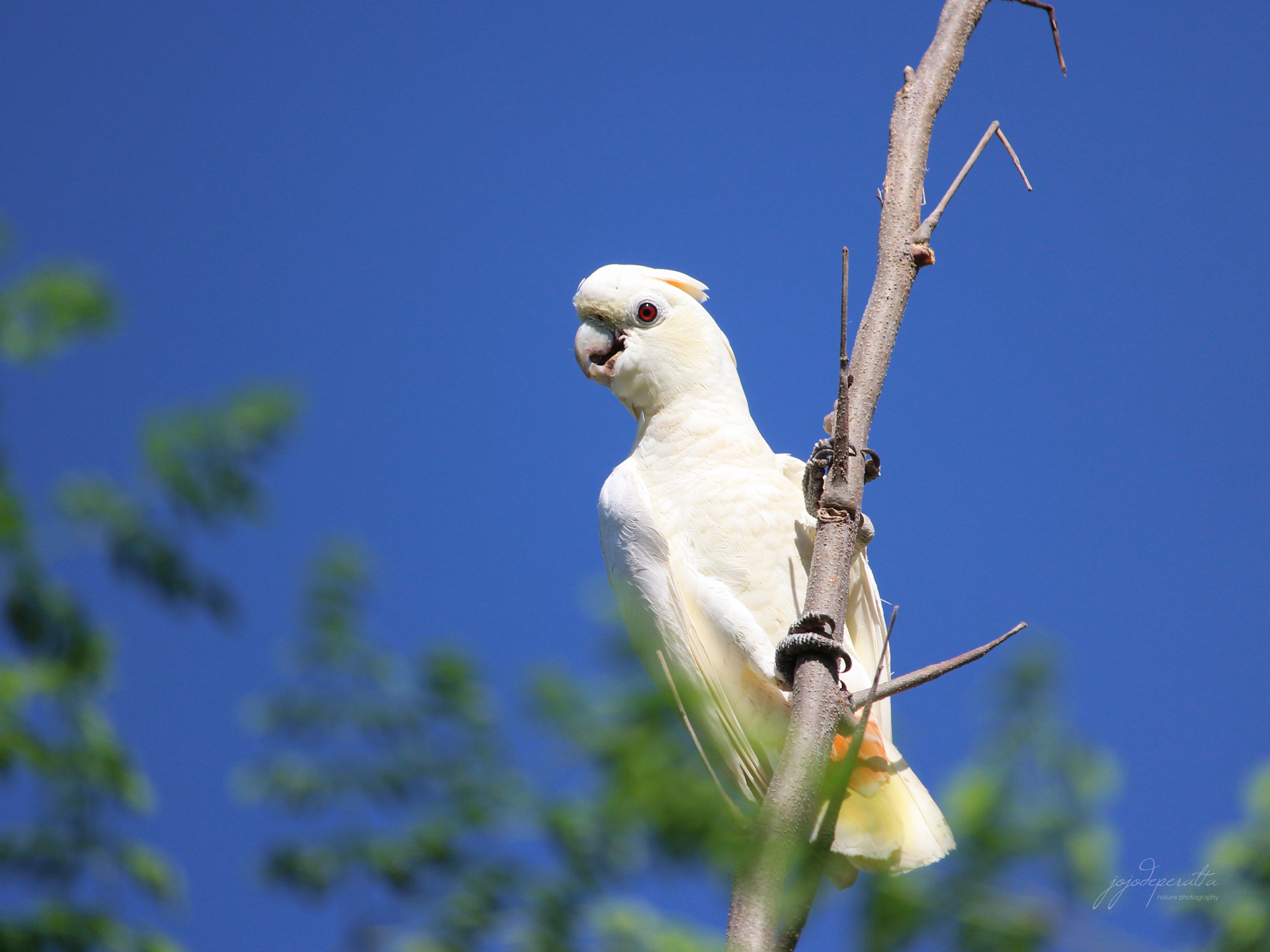Skip to main content
Hoya imbricata
The Hoya imbricata is one of the Myrmecophile plants, or plants that have symbiotic relationship with ants. It is an epiphytic plant with long vines that climb or cling to tree trunks and branches. This Hoya produces a network of roots all along the length of the stems, which are located beneath the leaves that stick firmly on a bark surface. Mature plants can grow several yards in length and will branch and re-branch, producing intricate networks of overlapping leaves and vines blanketing the trunks or branches of their host plants.
 |
| Hoya imbricata |
The woody vines bear large succulent plate-like leaves, which clasp the tree bark surface upon which they grow. The leaves provide dome-like enclosures between the leaf and the bark. Ants colonize the spaces beneath these leaves. This space is protected to the outside elements and it makes great places where ants can build their homes. In return, the ants nourish the plant with significant carbon dioxide and nutrients from the decomposing detritus accumulated by the colony.
 |
| Hoya imbricata |
The ants also play an important role for the plant defense. Since this plant provides shelter for the ant colony, the ants need to protect the plant against its enemies. Any disturbance to the plant alerts the ants, which then defend the plants by attacking any trespassers including those that may cause damage to its leaves and stems. The ants patrolling the plants day and night disturb other leaf-eating insects, caterpillars and other parasites, causing them to dislodge or disrupt the feeding, egg laying, courtship, or molting.
 |
| Hoya imbricata |
Mature and healthy plants usually have around 30 to 40 fragrant flowers attached to a dangling positively geotropic umbels. The umbels usually measures around 2 to 2 1/2 inches across. Its flowers, usually creamy white to yellow in color are attractive. The corona and corolla are glossy and polished looking, giving it the appearance of being wet, or waxy. The flower of Hoya imbricata in Palawan produces an intense fragrant smell for around five days from dusk to early morning that attracts pollinating moths and other insects at night.
 The Hoya imbricata, also called Ant Hoya, is a forest-dependent species. Its leaves and vines tend to roll upon themselves if they are unsupported, therefore it needs a suitable rigid support upon which to grow in order to assure typical growth. It seems to be thriving on Antidesma tree, Nauclea orientalis and Gliricidia sepium around where I live. In Palawan, this plant is widespread in the lowland forests, usually near rivers, creeks or streams. It is also known to grow in mangrove areas and coastal beaches.
The Hoya imbricata, also called Ant Hoya, is a forest-dependent species. Its leaves and vines tend to roll upon themselves if they are unsupported, therefore it needs a suitable rigid support upon which to grow in order to assure typical growth. It seems to be thriving on Antidesma tree, Nauclea orientalis and Gliricidia sepium around where I live. In Palawan, this plant is widespread in the lowland forests, usually near rivers, creeks or streams. It is also known to grow in mangrove areas and coastal beaches.
 The Hoya imbricata, also called Ant Hoya, is a forest-dependent species. Its leaves and vines tend to roll upon themselves if they are unsupported, therefore it needs a suitable rigid support upon which to grow in order to assure typical growth. It seems to be thriving on Antidesma tree, Nauclea orientalis and Gliricidia sepium around where I live. In Palawan, this plant is widespread in the lowland forests, usually near rivers, creeks or streams. It is also known to grow in mangrove areas and coastal beaches.
The Hoya imbricata, also called Ant Hoya, is a forest-dependent species. Its leaves and vines tend to roll upon themselves if they are unsupported, therefore it needs a suitable rigid support upon which to grow in order to assure typical growth. It seems to be thriving on Antidesma tree, Nauclea orientalis and Gliricidia sepium around where I live. In Palawan, this plant is widespread in the lowland forests, usually near rivers, creeks or streams. It is also known to grow in mangrove areas and coastal beaches.



 The Hoya imbricata, also called Ant Hoya, is a forest-dependent species. Its leaves and vines tend to roll upon themselves if they are unsupported, therefore it needs a suitable rigid support upon which to grow in order to assure typical growth. It seems to be thriving on Antidesma tree, Nauclea orientalis and Gliricidia sepium around where I live. In Palawan, this plant is widespread in the lowland forests, usually near rivers, creeks or streams. It is also known to grow in mangrove areas and coastal beaches.
The Hoya imbricata, also called Ant Hoya, is a forest-dependent species. Its leaves and vines tend to roll upon themselves if they are unsupported, therefore it needs a suitable rigid support upon which to grow in order to assure typical growth. It seems to be thriving on Antidesma tree, Nauclea orientalis and Gliricidia sepium around where I live. In Palawan, this plant is widespread in the lowland forests, usually near rivers, creeks or streams. It is also known to grow in mangrove areas and coastal beaches.










